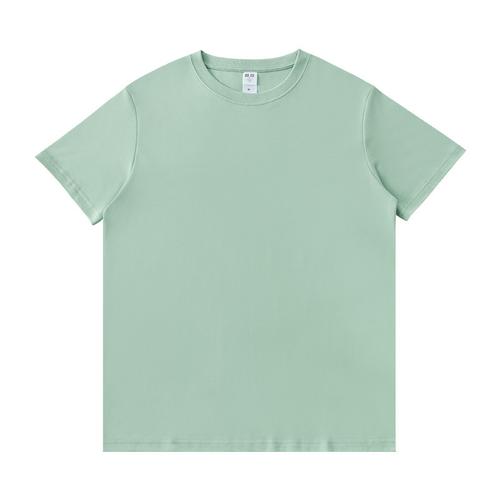Exploring the possibilities of new materials is crucial for clothing design, as fabrics are an important part of clothing design. By using new materials and innovative techniques, designers can bring unique, functional and sustainable clothing to consumers.
Here are some innovative techniques for exploring the possibilities of new materials:
1. Functional textiles: The exploration of new materials can focus on developing textiles with special functions, such as waterproof, antibacterial, breathable, UV protection, etc. These special features can be given to textiles through the addition of particles, films, coatings or modifications of the fibers themselves, providing greater comfort and protection.
2. Sustainable textiles: As people become more and more concerned about environmental issues, the demand for sustainable textiles is also increasing. Exploring sustainable textiles can include using organic cotton, bamboo fibers, recycled fibers (such as recycled polyester and regenerated nylon), biodegradable fibers, and more. In addition, innovations in recycling materials, dyes and textile processes are also important aspects of achieving sustainable development goals.
3. Smart textiles: With the advancement of science and technology, the development of smart textiles has become increasingly prominent. These materials integrate electronic components and enable functions such as sensing, displaying, storing and transmitting information. For example, temperature-sensitive fabrics can adjust the warmth of clothing based on body temperature, while light-sensitive fabrics can automatically adjust color based on ambient light.
4. Bionic textiles: The concept of bionic science can be applied to clothing design. By drawing on structure, function and form from nature, designers can create textiles with special effects and properties. For example, biomimetic fibers can mimic the properties of biological fibers, such as the strength and elasticity of spider silk.
5. Hybrid Textiles: Mixing different types of fibers together can create unique textiles. This hybridization can be a mix of different materials or different layouts and structures of fibers. By hybridizing textiles, designers can achieve a more diverse range of appearance and performance effects.
Exploring the possibilities of new materials requires designers to work closely with suppliers, scientists and technical experts. Multidisciplinary cooperation and innovation are the keys to promoting technological progress and innovation in apparel fabrics. By continually exploring the possibilities of new materials, we can bring more innovative, functional and sustainable clothing options to consumers.








